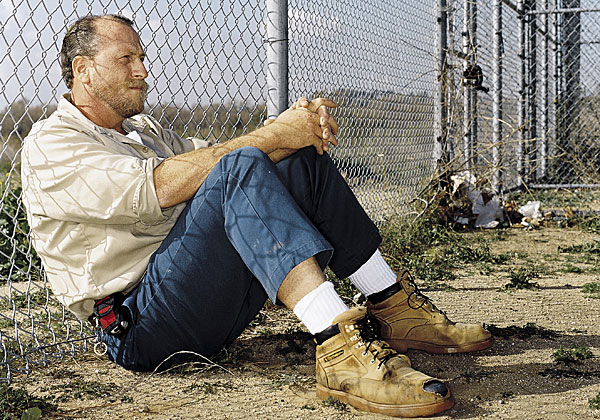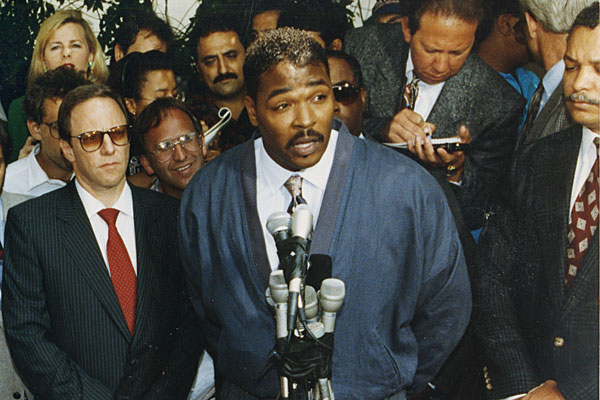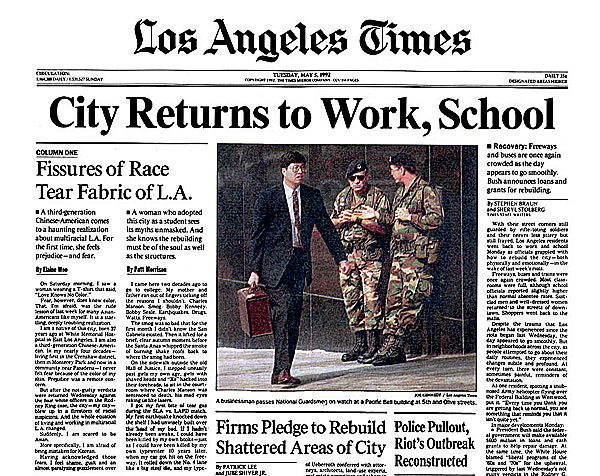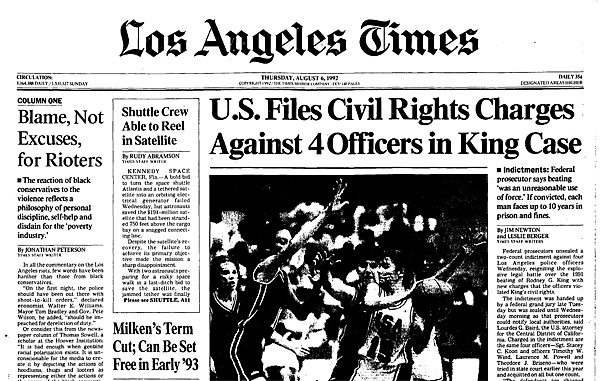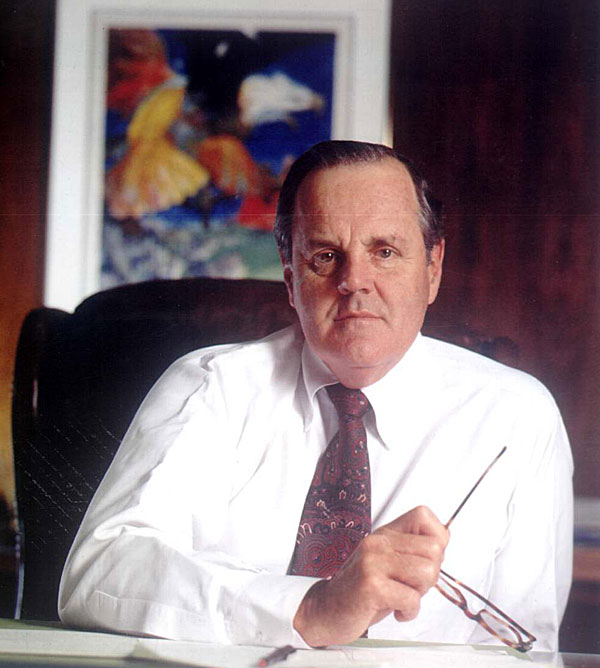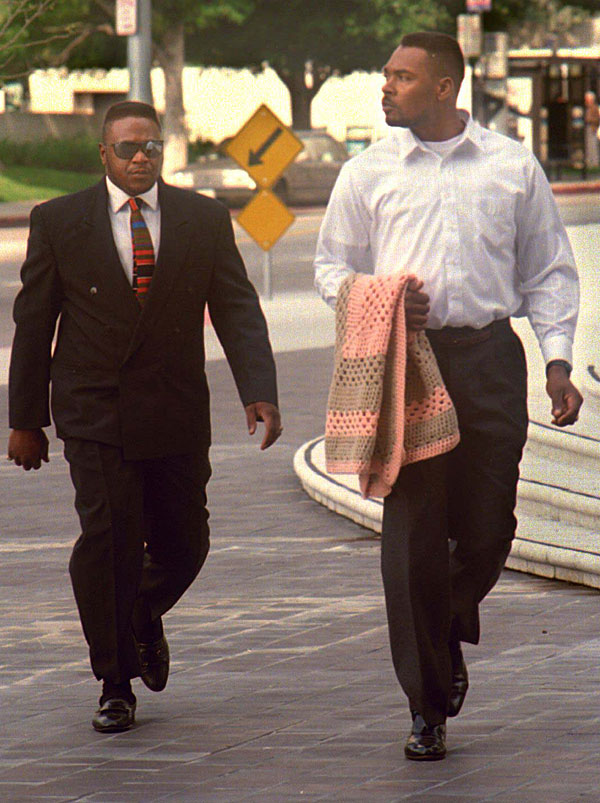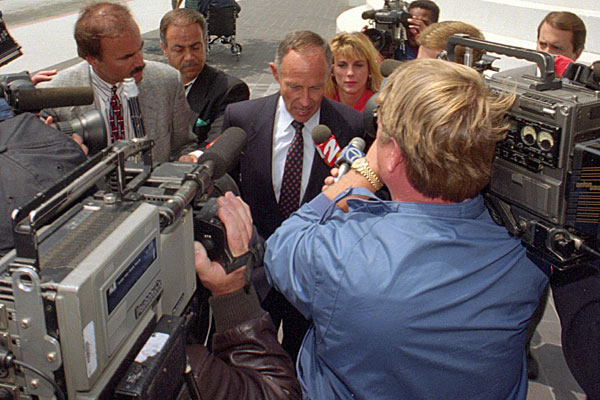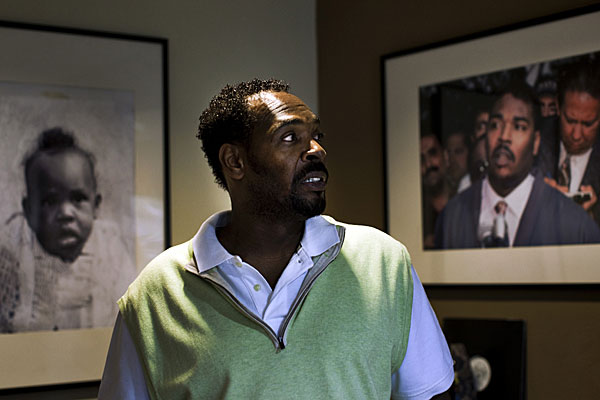Rodney King beating reverberated for years
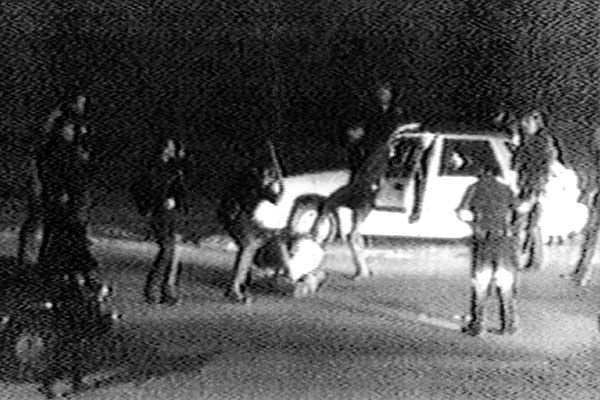
Los Angeles police officers from the Foothill Division pull over a 25-year-old unemployed construction worker at 12:30 a.m., after he allegedly leads them on a high speed chase that ends in Lake View Terrace. The construction worker is later identified as Rodney G. King. A bystander videotapes police beating King.
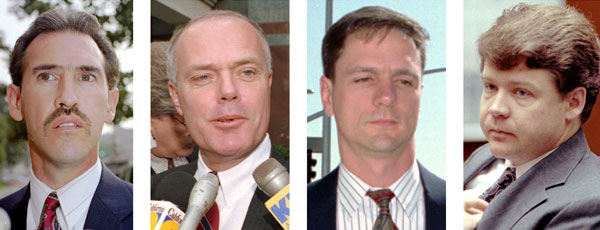
A Los Angeles County grand jury indicts four Los Angeles police officers on felony charges. Sgt. Stacey C. Koon and Officers Laurence M. Powell, Theodore J. Briseno and Timothy E. Wind later plead not guilty.
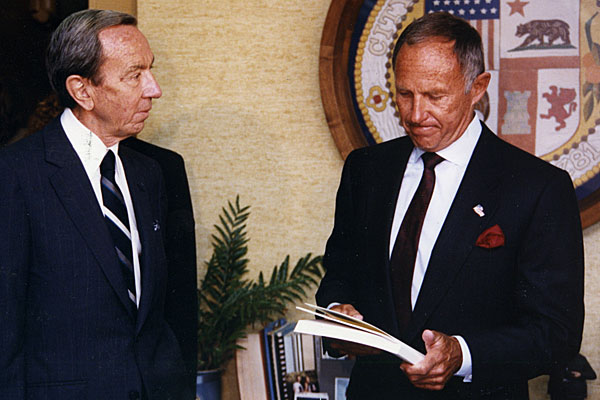
The Christopher Commission, formed after the Rodney King beating, releases its 228-page report citing evidence of brutality and racism in the Los Angeles Police Department.
After deliberating for seven days, the jury acquits four Los Angeles police officers on all charges except one count of excessive force against Laurence M. Powell. With the jury unable to reach a consensus, a mistrial is declared on that count by Judge Stanley M. Weisberg. Los Angeles erupts in rioting that lasts several days.
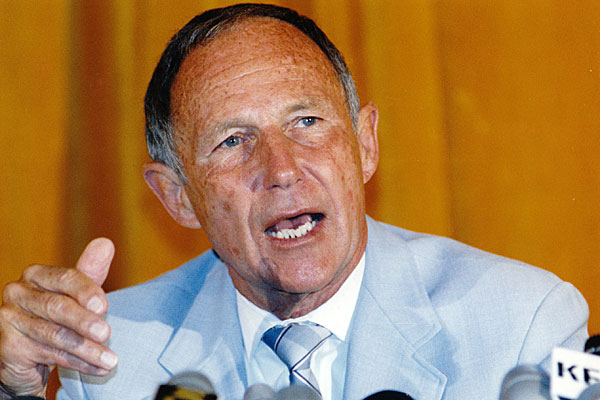
Police Chief Daryl F. Gates leaves office after 14 years at the helm of the LAPD. He is replaced by Philadelphia Police Commissioner Willie L. Williams.
Federal prosecutors unseal a two-count indictment against four Los Angeles police officers, reigniting the explosive legal battle over the 1991 beating of Rodney G. King with new charges that the officers violated King’s civil rights.
Charged in the indictment are the same four officers—Sgt. Stacey C. Koon and Officers Timothy W. Wind, Laurence M. Powell and Theodore J. Briseno—who were tried in state court earlier in the year and acquitted on all but one count.
The announcement is made by Lourdes G. Baird, the U.S. attorney for the Central District of California. “The defendants are charged with stomping, kicking and beating Mr. King,” said Baird. “It was an unreasonable use of force.”
Jury selection begins in the federal trial of four police officers charged with violating Rodney G. King’s civil rights.
Prospective jurors are given a detailed 53-page questionnaire that probes such sensitive areas as their reactions to the 1992 riots and their feelings about police and race relations.
“The 12 people selected will have an … extraordinarily interesting experience in this case,” U.S. District Judge John G. Davies tells the prospective jurors once they are assembled in the courthouse. “I think you will look back on this case as a true highlight in your life.”
Jury selection begins in a civil trial to determine the amount of money the city of Los Angeles should pay Rodney G. King. Liability will not be an issue in the trial because the city has admitted its responsibility for King’s injuries. All that remains is to determine how much he should be compensated. King is seeking $9.5 million.
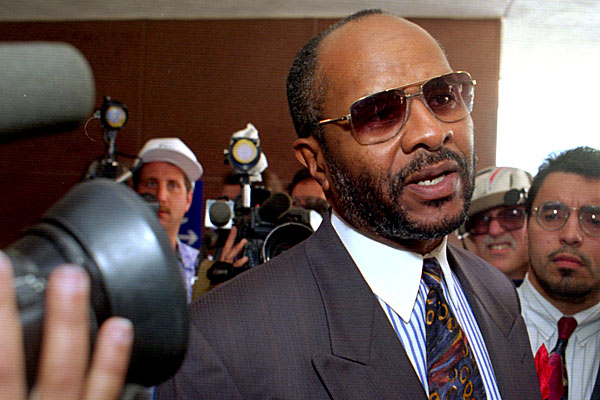
On the fourth day of deliberations, the jury awards King $3.8 million in compensatory damages. In the next phase of the trial, the jury is to determine punitive damages and try to assign blame to individual defendants.
Lawyers for King tell U.S. District Judge John G. Davies that they plan to call 31 witnesses during the punitive damages phase, and defense attorneys estimate that they will put 45 people on the stand.
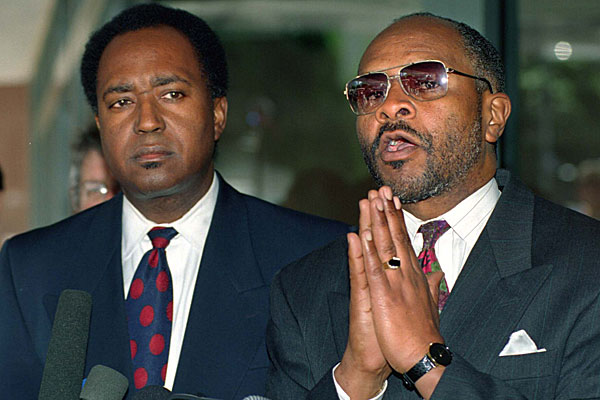
The jury begins deliberating in the second phase of King’s lawsuit for punitive damages against six current and former Los Angeles police officers.
“The purpose of punitive damages are to punish and to deter others from committing similar acts in the future,” U.S. District Judge John G. Davies instructs.
King’s lawyers ask the jury to award between $3.8 million and $15 million in punitive damages from former Sgt. Stacey C. Koon, former Officers Theodore J. Briseno, Laurence M. Powell and Timothy E. Wind and current Officers Rolando Solano and Louis Turriaga. Koon and Powell are serving 30-month prison sentences for violating King’s civil rights.
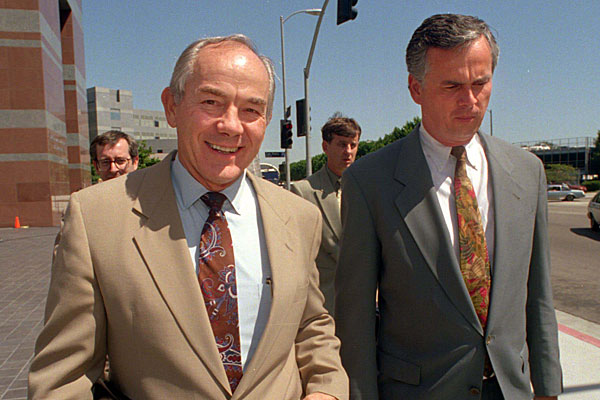
On its 11th day of deliberations, the three-man, six-woman jury declines to impose punitive damages.
The panel finds that former Los Angeles Police Officers Laurence M. Powell and Stacey C. Koon had acted with malice in the 1991 beating of King, but says Wind, Briseno and two bystander officers did not violate King’s constitutional rights.
Sources: Times research
Credits: Maloy Moore
